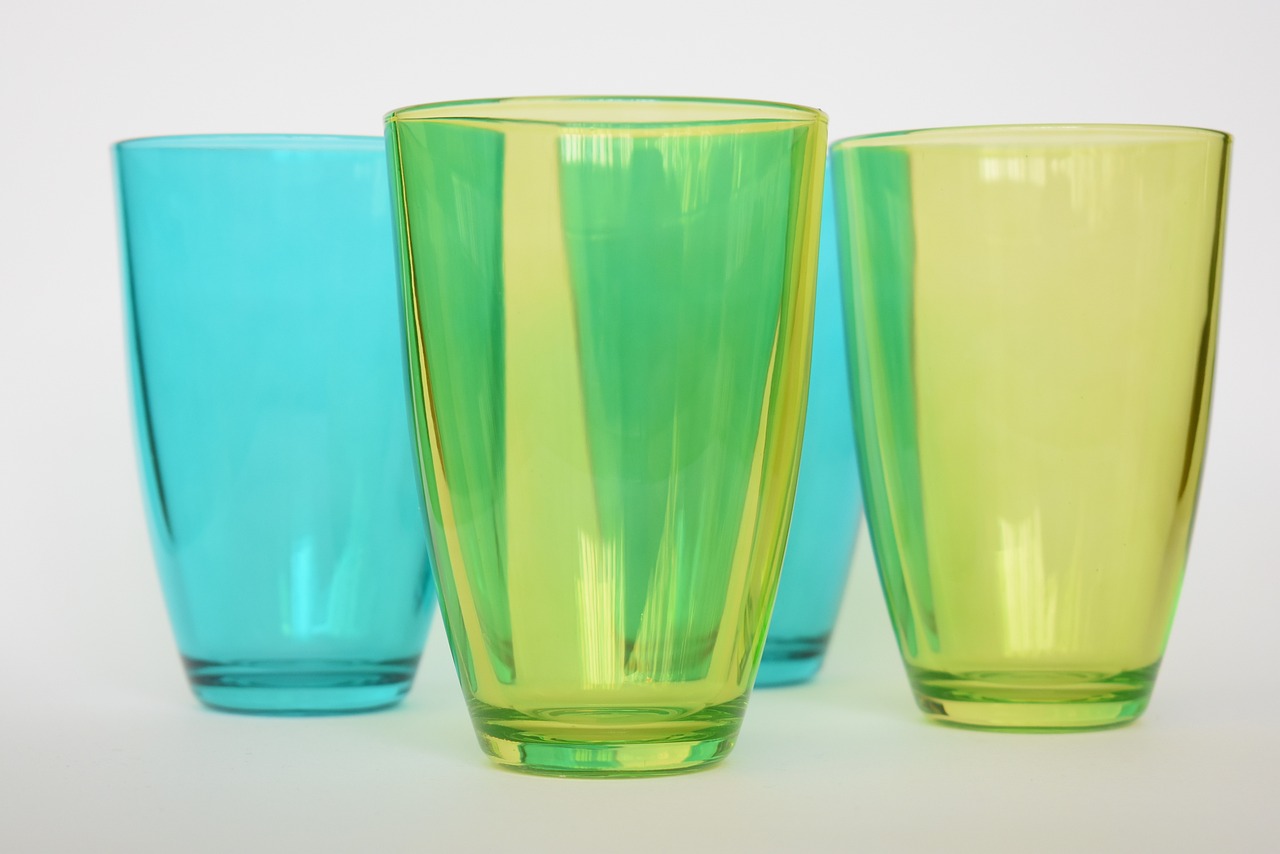Urban Foraging: Discovering Wild Edibles in City Environments
Foraging in urban environments can provide numerous benefits to individuals and communities alike. This practice not only allows for the harvesting of fresh, organic foods but also promotes a deeper connection to nature and an appreciation for the resources available in our surroundings. By foraging in cities, people can access a variety of edible plants that are often overlooked or considered as weeds, ultimately expanding their culinary horizons and enhancing their diets with nutrient-rich offerings.
In addition to the nutritional advantages, foraging in urban environments can also contribute to sustainability efforts by reducing food waste and carbon footprints associated with the transportation of produce. By utilizing naturally growing plants in city landscapes, foragers can help decrease the demand for commercially cultivated crops and support a more localized food system. This practice encourages a shift towards a more self-sufficient and environmentally conscious lifestyle, fostering a sense of stewardship for the natural world amidst urban settings.
Common Edible Plants Found in Cities
When exploring urban environments, it may come as a surprise to discover the variety of edible plants that can be found amidst the concrete jungle. Dandelions, often perceived as pesky weeds, are actually one of the most common edible plants in cities. Their leaves can be added to salads or sautéed as a nutritious side dish, while the flowers can be used to make dandelion tea, rich in antioxidants and vitamins.
Another common edible plant found in urban areas is purslane, which thrives in sidewalk cracks and garden edges. This succulent green plant is high in omega-3 fatty acids, vitamins, and minerals. Its tangy flavor makes it a great addition to salads or sandwiches, providing a fresh and healthy twist to your meal.
What are some benefits of foraging in urban environments?
Foraging in urban environments can provide access to fresh, local, and free food. It can also be a fun and educational way to connect with nature and learn about the plants in your surroundings.
What are some common edible plants found in cities?
Some common edible plants found in cities include dandelions, purslane, chickweed, plantain, and lamb’s quarters. These plants are often considered weeds but are actually nutritious and delicious when prepared properly.
How can I ensure that I am foraging safely in urban environments?
When foraging in urban environments, it is important to only harvest plants from areas that have not been treated with pesticides or other chemicals. It is also important to properly identify plants before consuming them to avoid any potential risks.





